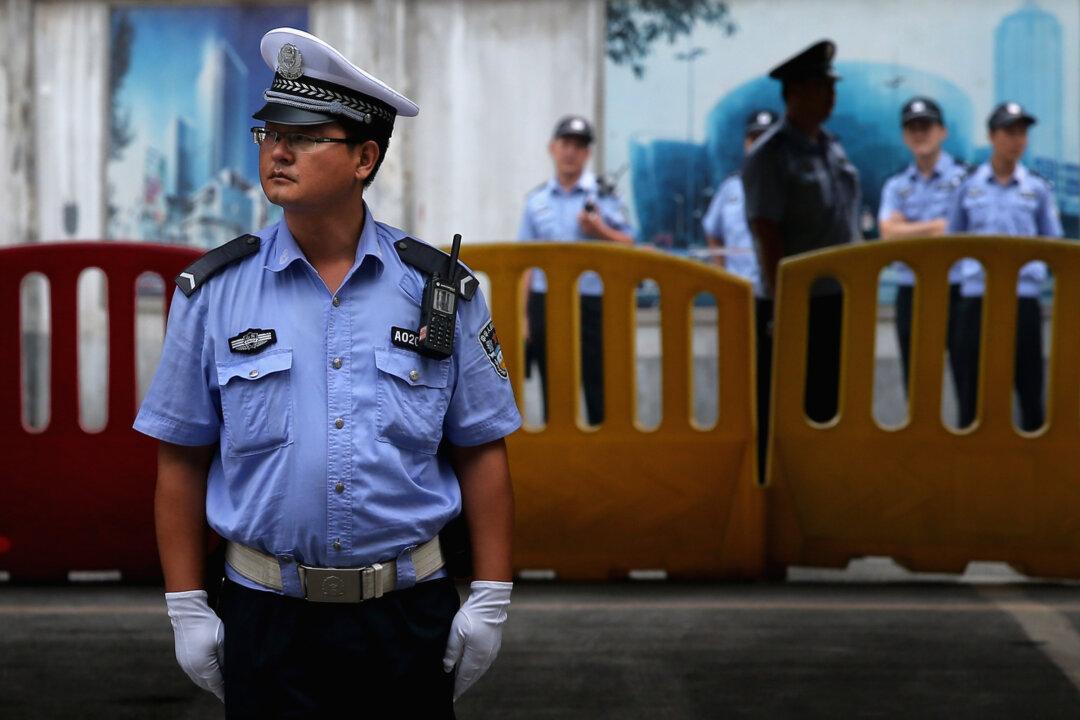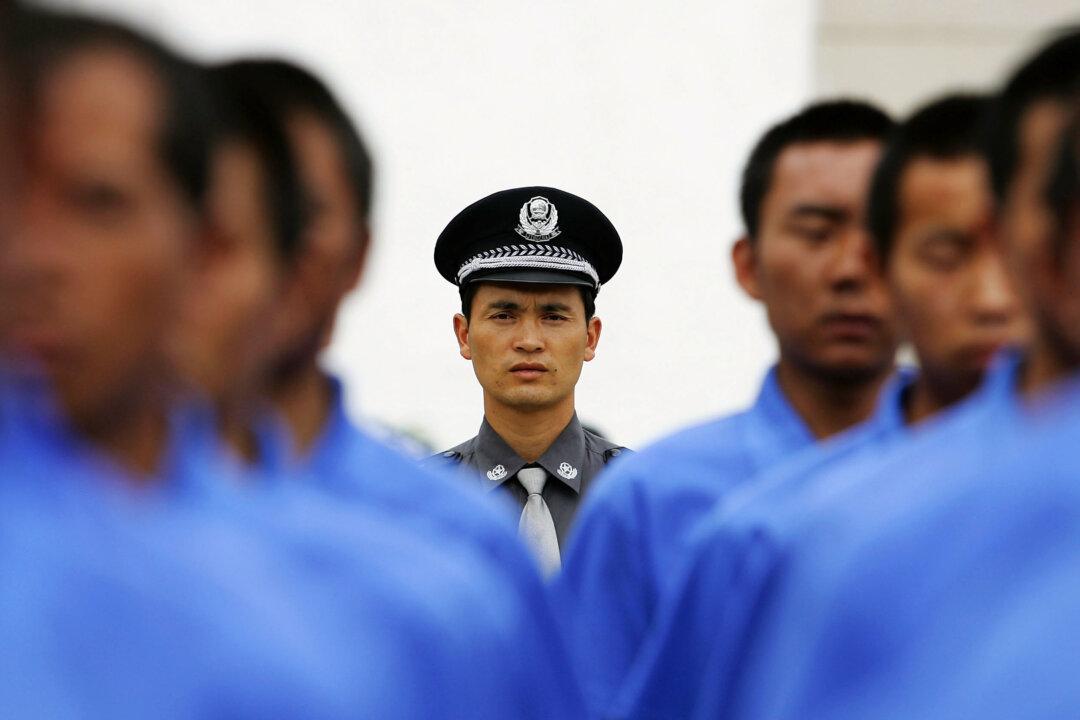A 10-year study of antibiotics in the environment in China was released recently, concluding that massive quantities of the chemicals are being deposited into the environment, creating a range of potentially long term health risks for the population.
The Guangzhou Institute of Geochemistry, under the Chinese Academy of Sciences, inspected 58 drainage areas around China, showing high concentrations of antibiotics in the water. In the densely populated areas near the Haihe River and the Pearl River Basin, there were found to be over 450 pounds of antibiotics deposited per square mile.
China is the biggest producer and user of antibiotics in the world, the report says, with over 162,000 ton consumed in 2013. Of that, 48 percent was consumed by humans, while the rest was veterinary, the report says.
The research discovered 36 common antibiotics used and discharged in China, among which the most widespread is amoxicillin. The chemicals principally impact the water supply, because they are discharged through feces and urine that eventually enter the environment.




